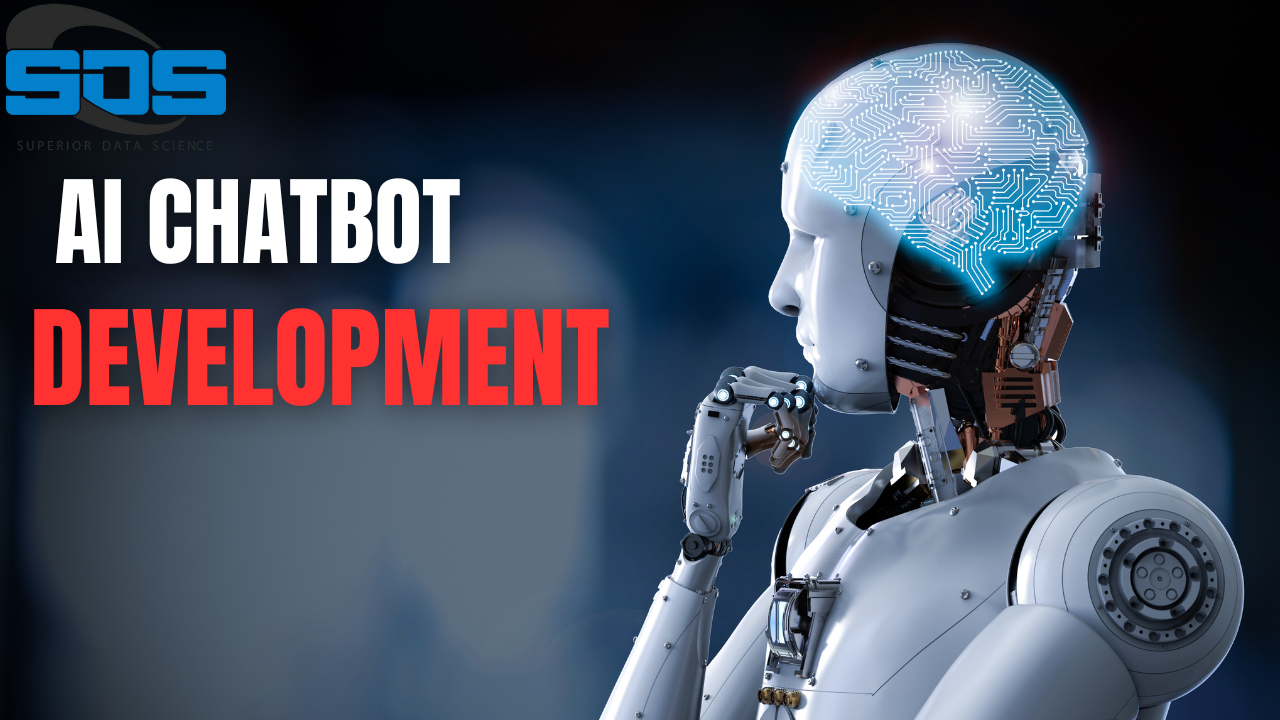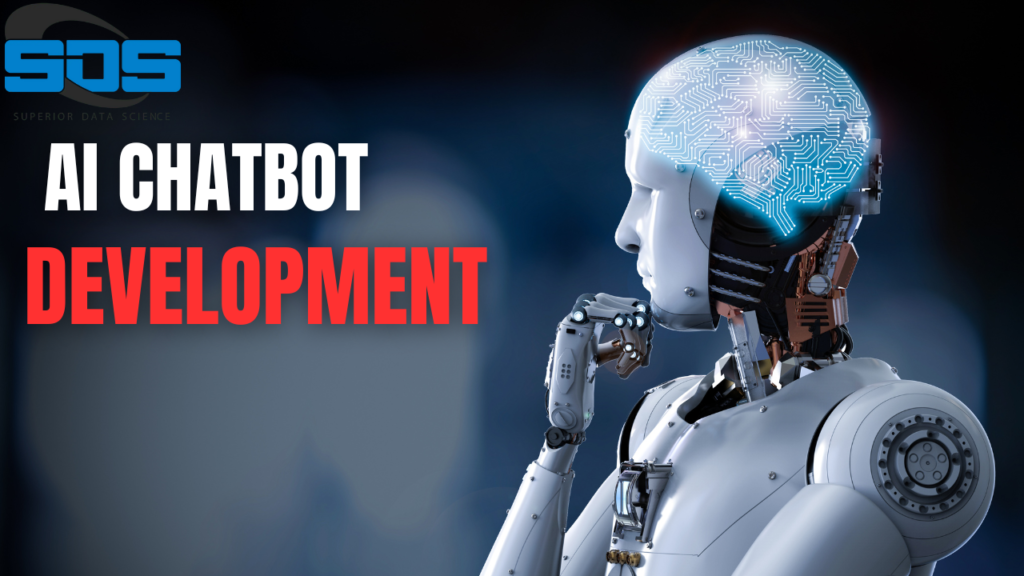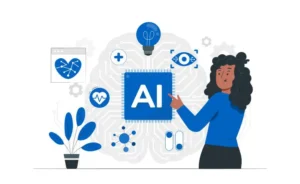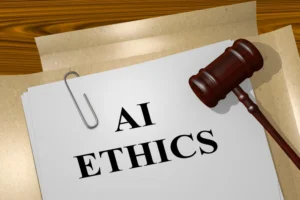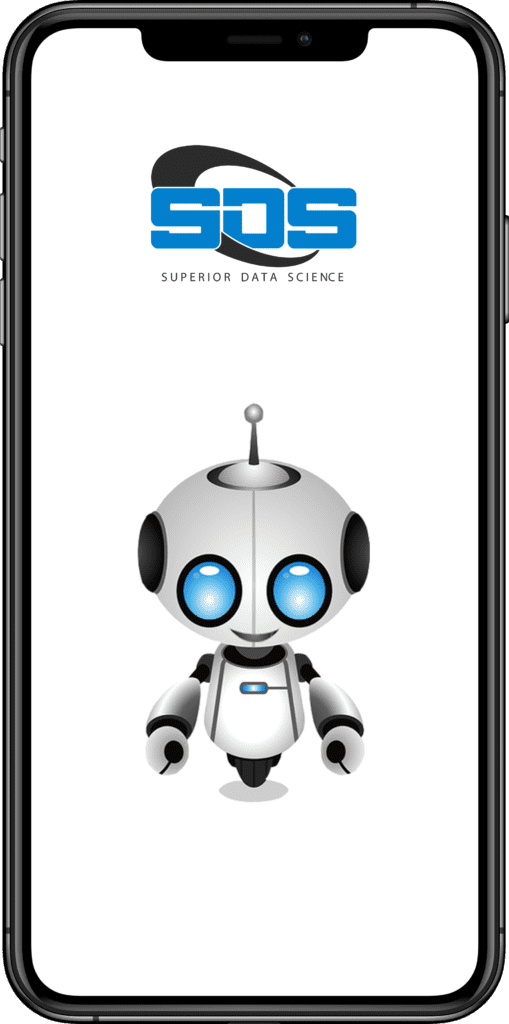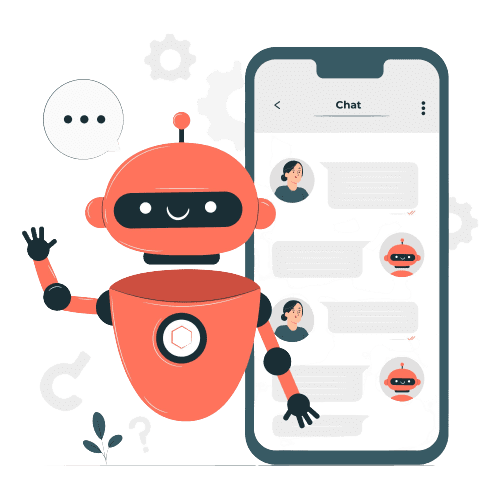Introduction:
In today’s technology-driven world, the process to develop chatbots in Java has become an integral part of enhancing user experiences on various platforms. From customer support to automating tasks, chatbots offer a versatile solution. In this guide, we’ll delve into the specifics of developing chatbots in Java, providing you with step-by-step insights to confidently create efficient and effective chatbots that cater to your specific needs.
Understanding Chatbots and their Importance:
In the contemporary tech-driven landscape, mastering how to develop chatbots in Java, one of the chatbot development platforms, holds paramount importance for enriching user experiences across diverse platforms. Whether it’s optimizing customer support or automating intricate tasks, the realm of chatbots presents a dynamic solution. Within this comprehensive guide, we embark on an illuminating journey into the realm of developing chatbots in Java, one of the chatbot development platforms, meticulously furnishing you with step-by-step insights. These invaluable guidelines empower you to craft chatbots with prowess, ensuring they are both efficient and impactful, finely attuned to your distinct requirements as you develop chatbots.
Choosing Java for Chatbot Development:
In the realm of Streamlabs chatbot development, Java is a versatile and widely-used programming language that offers a robust environment for chatbot development. Its object-oriented nature, extensive libraries, and cross-platform compatibility make it an ideal choice for building sophisticated chatbots. As a chatbot developer responsibilities, mastering Java is crucial to ensure your chatbots perform efficiently and effectively.
Steps to Develop a Chatbot in Java:
1.Define Your Chatbot’s Purpose:
The first step in learning how to develop chatbots is to identify the purpose of your chatbot. Are you developing a customer support bot, an e-commerce assistant, or a language learning tool? Defining the chatbot’s purpose will help you determine its features, capabilities, and interactions.
2.Choose a Development Framework:
Java offers various frameworks and libraries that can simplify chatbot development on chatbot development platforms. One popular choice is the Java Spring Framework, which provides tools for building web applications and RESTful APIs.
3.Design the Conversation Flow:
Plan the conversation flow of your chatbot, especially in the context of Streamlabs chatbot development. Consider different user inputs and create a dialogue structure that ensures smooth interactions. Use tools like flowcharts or diagrams to visualize the conversation flow effectively.
4.Natural Language Processing (NLP):
NLP is a crucial aspect of chatbot developer responsibilities, enabling bots to understand and respond to user inputs naturally. Libraries like OpenNLP or Stanford NLP can assist you in implementing NLP capabilities into your develop chatbots in Java.
5.Integrate a Messaging Platform:
To deploy your chatbot and develop chatbots, you need a platform for users to interact with it. Popular choices include integrating your chatbot with messaging apps like Facebook Messenger, Slack, or your own website.
6.Implement Responses and Actions:
Based on user inputs, your chatbot development platforms should provide relevant responses or perform actions. Java’s string manipulation capabilities will come in handy here. Ensure your responses are clear, concise, and tailored to the user’s query.
7.User Context and Memory:
A good chatbot, especially in the context of Streamlabs chatbot development, remembers past interactions within a conversation. Implement a context management system that allows the bot to maintain memory of the ongoing conversation, making interactions more personalized.
8.Testing and Iteration:
Thoroughly test your chatbot at each development stage as part of chatbot developer responsibilities. Use both predefined scenarios and real-world inputs to identify and fix bugs. Continuous testing and iteration are key to improving the chatbot’s performance.
9.Incorporate Machine Learning (Optional):
To enhance your chatbot’s capabilities, a part of chatbot developer responsibilities is to consider integrating machine learning components. Java offers libraries like Deeplearning4j that enable you to implement machine learning algorithms for tasks such as sentiment analysis or intent recognition.
10.Deployment and Monitoring:
Once you’re satisfied with your chatbot’s performance in the context of Streamlabs chatbot development, deploy it to your chosen platform. Monitor its interactions and gather user feedback to further refine its responses and features.
Conclusion:
Developing chatbots in Java, especially within the context of chatbot development platforms and Streamlabs chatbot development, can seem complex, but with the right approach and tools, you can create powerful and intelligent conversational agents that enhance user experiences. By understanding the fundamental steps and leveraging Java’s capabilities for chatbot developer responsibilities, you can craft chatbots that cater to various domains and drive efficiency across industries. Keep refining your chatbot through testing, user feedback, and continuous learning, and you’ll soon have a valuable asset that contributes to your online presence and business success in develop chatbots.


